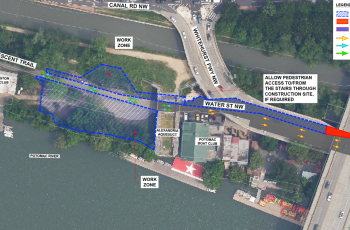In 2008, the Washington Aqueduct tested the Potomac River for perchlorate and detected very low levels. The Aqueduct used a modified analysis method that is more sensitive than the current EPA approved method. The results ranged from no detection to 0.8 ppb entering into the distribution system. As a result of past testing, the U.S. Environmental Protection Agency Region III (EPA) office has been investigating potential sources of perchlorate in the Potomac River basin. EPA’s Drinking Water, Waste Water Discharge and Superfund Programs are cooperating on information gathering and special monitoring in several areas of the Potomac Basin to gain a better understanding on how perchlorate may be entering the River. EPA is taking a close look at point source dischargers and hazardous waste sites and facilities known to produce or process perchlorate. EPA is also aware that as newer, more sensitive laboratory methods for perchlorate detection have been put to use in, very low levels of the perchlorate (less than 1 part per billion) have been detected in many water bodies across the country, including the Potomac River.
The GAO published their study of perchlorate in the United States and the reported health risks associated with perchlorate. The report noted, “EPA revised its reference dose to a level that is equivalent to 24.5 ppb in drinking water. The reference dose is not a drinking water standard; it is a scientific estimate of the total daily exposure level from all sources that is not expected to cause adverse effects in humans, including the most sensitive populations.”
The EPA will have until December 2019 to issue a final rule on perchlorate following a consent decree filed with the U.S. District Court for the Southern District of New York.



